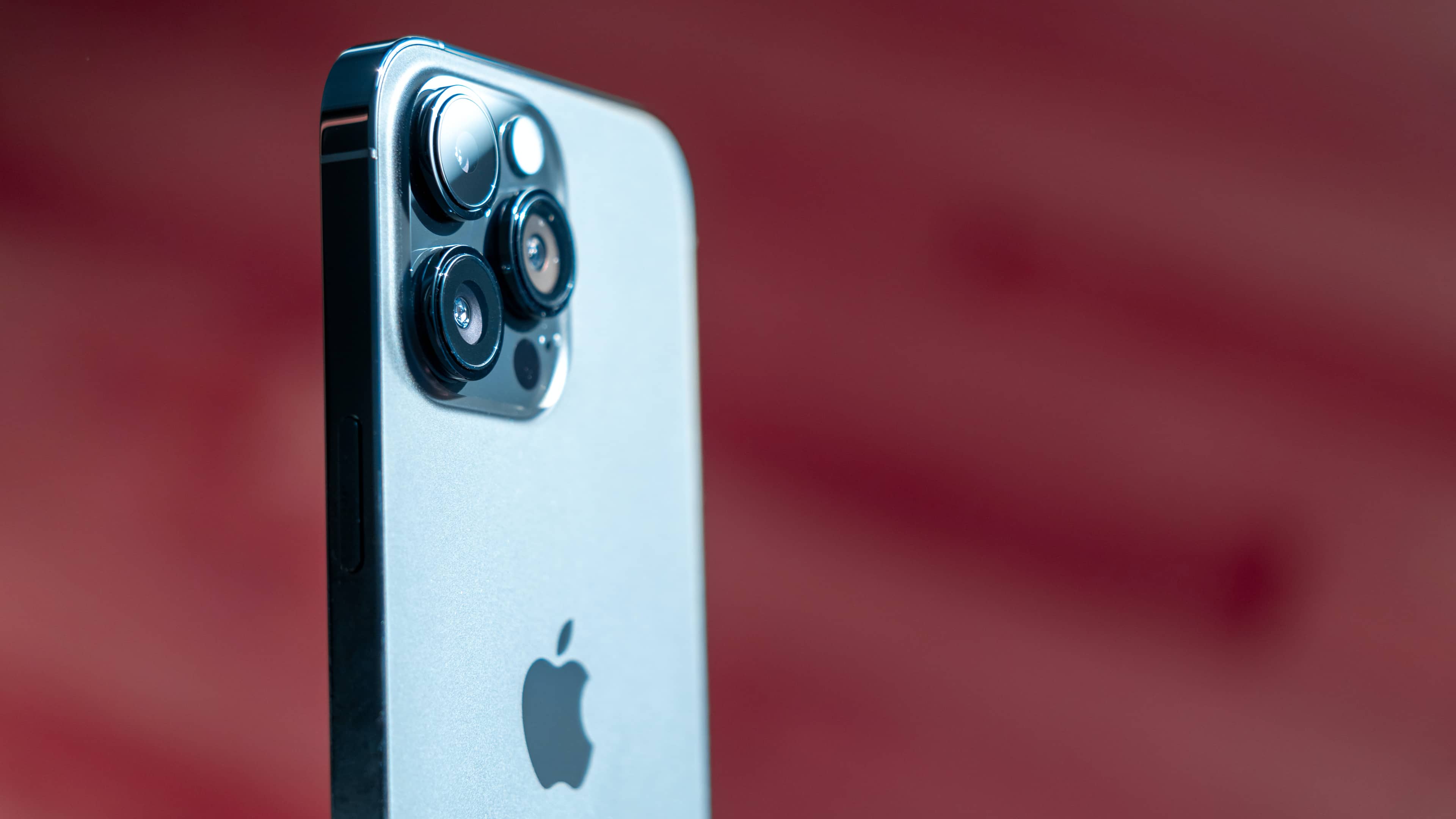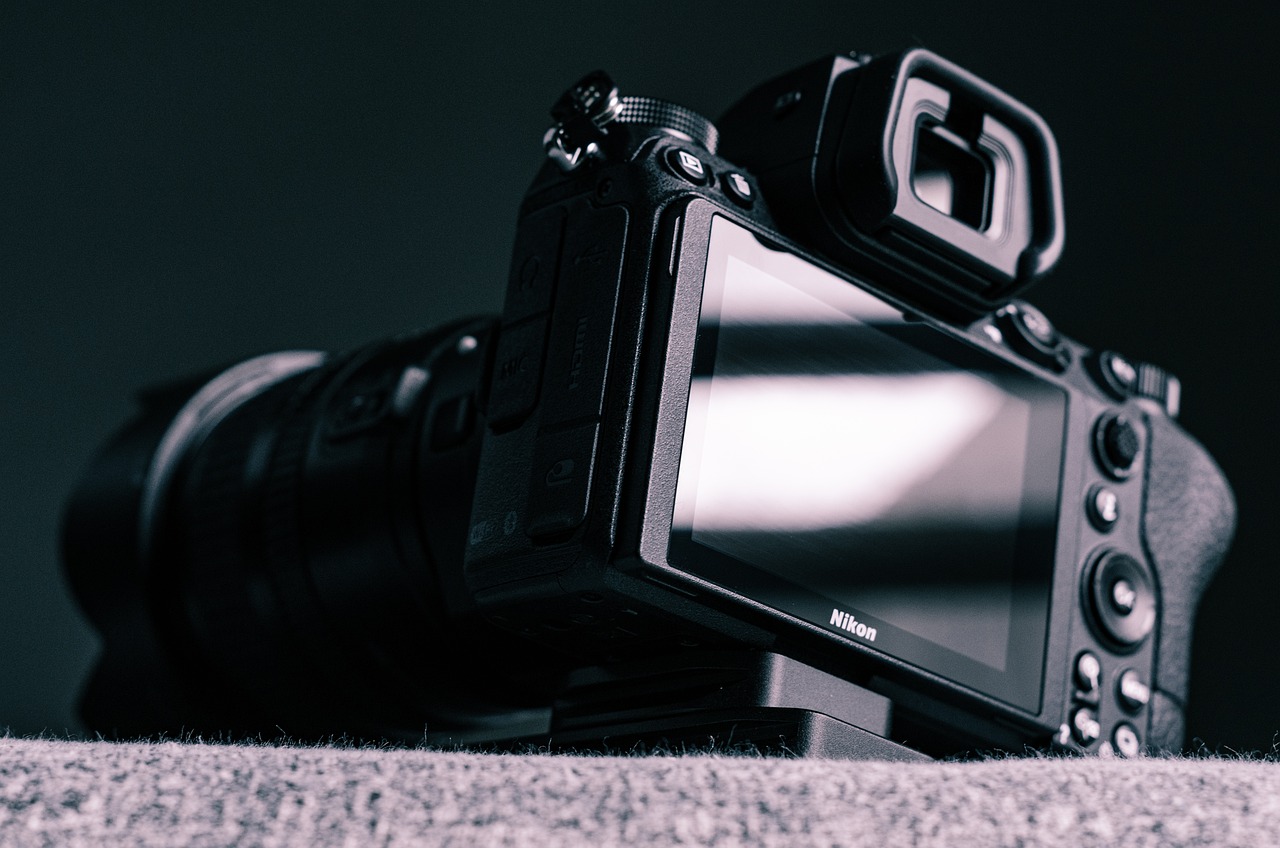Point-and-shoot cameras like those found on the reverse side of our everyday smartphones have become so advanced that many now question if there’s still any need for large and clunky camera bodies.

Many people say their smartphone’s built-in camera gets the job done for photo opportunities, but identifying the best tool for picture-taking needs is more nuanced. With that in mind, we think this topic is deserving of a closer look.
Convenience of iPhone photography

Obviously, the iPhone’s camera system is no slouch. The iPhone 14 Pro (and Pro Max) boast up to 48 megapixels and even support the ProRAW file format, which is comparable to the RAW file format used by camera body photographers who edit their shots in post-production software like Darkroom or Adobe Lightroom.
In addition to these perks, an iPhone is an affordable piece of equipment that effortlessly slips into any pocket and has three camera lenses that offer wide angle, normal, and telephoto perspectives with hybrid, albeit limited optical and digital zoom capabilities.
If that wasn’t convenient enough, an iPhone’s camera system automatically sets the exposure to suit our needs in the moment and generates bokeh-like depth effects by using AI and machine leaning along with several of the smartphone’s rear-facing lenses, and the user can use touch gestures to make fine adjustments to those effects.
In the event that someone needs a little bit more, third-party camera apps from the App Store lend more granular control over the camera system than in the stock Camera app — see Halide.
With this much image resolution, advanced software capabilities, and support for a file format that’s flexible with respect to post-production exposure and color adjustments, you might question why anybody would ever want to carry a bulky camera body or large lenses with them ever again. That’s a good question, but as a mirrorless camera user myself, I have a few reasons…
Flexibility of camera bodies

Camera bodies, whether they’re the older DSLR style or the newer mirrorless style, aren’t as pocket-friendly as smartphone cameras and tend to cost more than point-and-shoot cameras, especially after investing in lenses. However, they lend unique advantages that make them desirable for various applications.
For one, camera bodies offer the benefit of removable camera lenses, which means you aren’t limited by the glass it comes with like you are with a smartphone’s integrated camera system. You can attach a telephoto lens with a longer focal length to zoom much farther out optically, instead of digitally, to reach out and grab your subject without degrading the image quality. Likewise, you can attach specialized wide angle or macro lenses when you need large landscape views or majorly zoomed close-up views.
Detachable lens specs vary from one lend to the next, not only in terms of focal length, but also in terms of aperture. Larger aperture lenses are particularly suitable for low-light shooting, an area where smartphone photography doesn’t always reflect the best results.
The camera bodies themselves also come in a variety of flavors. You will need to consider how many megapixels you want, how well you want it to perform in low light conditions, the number of auto-focus points, the speed of the shutter, and more.
Powerful auto-focusing capabilities come standard in camera bodies, with higher-end models offering mind-blowing performance even in lower light. There are also many focusing modes available in a camera body, such as pinpoint, wide area, and subject-tracking, which makes them ideal for different shooting situations, whether you’re photographing nature on your hiking trip or people in family during the holidays.
Camera bodies also yield more shooting options, such as prioritizing aperture or shutter speed. This makes it very easy to maximize light or incorporate visually appealing motion blur into photographs.
Removable memory cards are yet another perk of camera bodies. Whether you’re writing files to an SD card or CFExpress card, you can select the right capacity and data speeds for your needs and hot swap them on demand while you’re out in the field. With a smartphone, you only have what your internal storage brings to the table. It can be unfortunate if you run out in the middle of photographing something.
To be fair, a camera body does take a great deal more adjustment and a learning curve for the end user to get the photograph to come out just right, whereas a point-and-shoot camera like the one on the back of a smartphone does almost all of the thinking for you. But that’s the beauty in it… a lot of people enjoy the thrill and creativity that comes with dialing those settings in manually and then viewing the fruits of their labor.
Choosing the right camera for you
As photographer Chase Jarvis once said, “the best camera is the one that’s with you.” This might mean you have a full-size camera body with an expensive lens, or perhaps you only have your smartphone, or maybe a cheap disposable camera. It’s not necessarily the equipment that makes better photos, but rather the creativity of the photographer.
If you don’t plan to make photography a general hobby of yours, and simply want a pocket camera for occasional photo opportunities and social media shares, then a simple point-and-shoot camera like the one on the rear side of a smartphone will suffice. Unless you’re pixel-peeping, you likely won’t even notice the detail loss and noise that comes from software-based AI enhancements and digital zooming on smartphones.
Conversely, if you’re thinking about photography as an ongoing hobby and want to take things to the next level, then you may want to consider investing in a dedicated camera body. While smartphone camera systems are getting seriously good and narrowing the margin between professional camera bodies and point-and-shoot cameras year after year, they’re still limited in comparison.
The benefits offered by a dedicated camera body can seriously improve your workflow as you take shots by offering a host of settings and hardware flexibility that you won’t find in a common smartphone. When mastered, they can also help you take better shots with lovelier image quality.
Wrapping up
I personally use both my iPhone and my Nikon mirrorless camera when I’m out and about, but there are obviously times when it’s unsuitable to carry a larger camera with me. That’s where Javris’ quote applies, and I’ll reach for my iPhone 14 Pro Max.
What kind of camera do you use on a regular basis? We’d love to hear from you in the comments section down below.